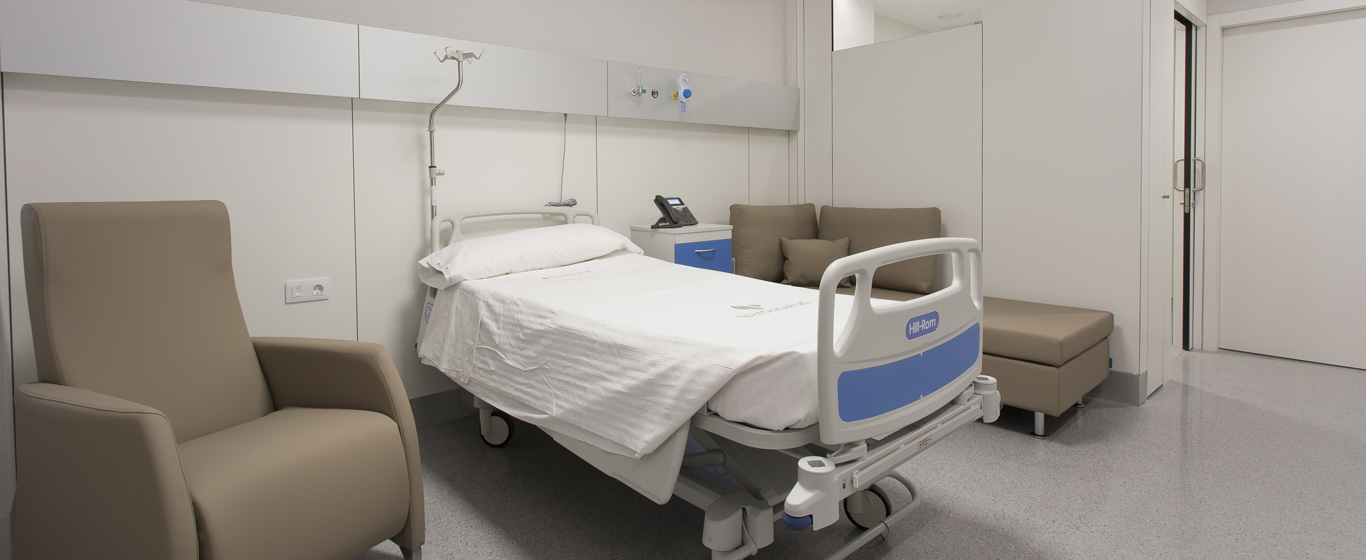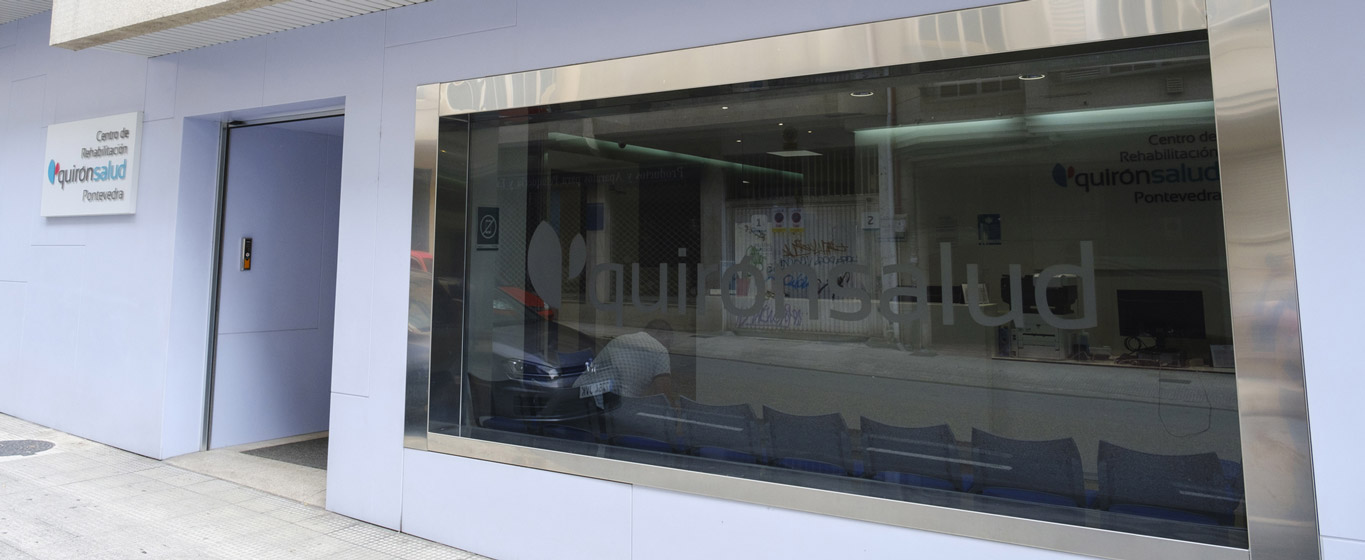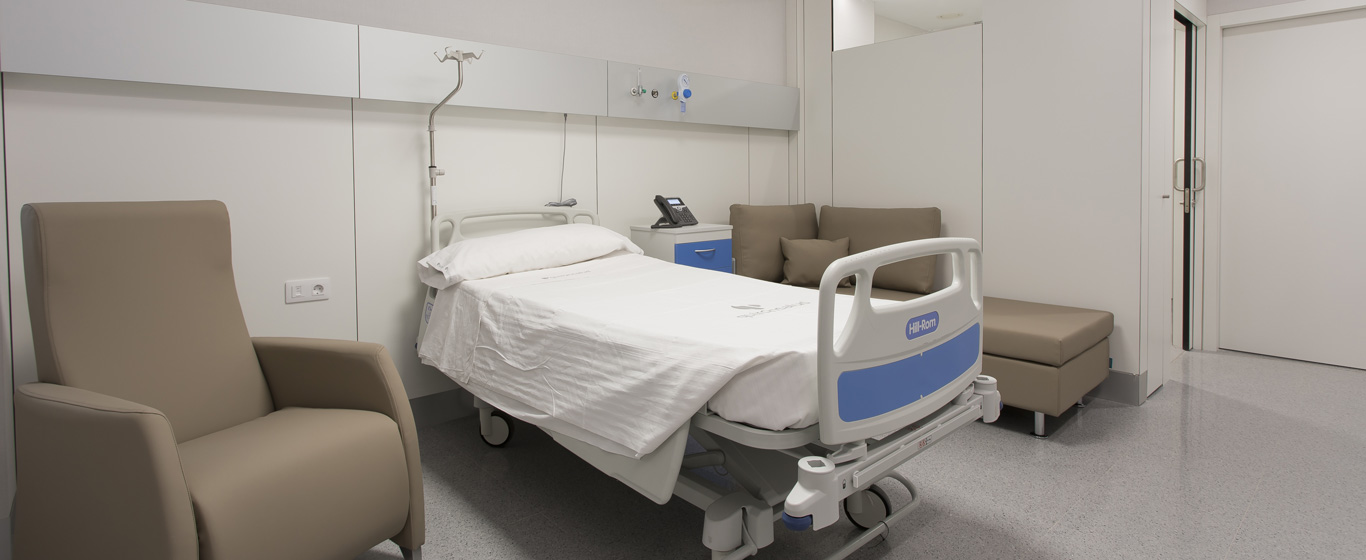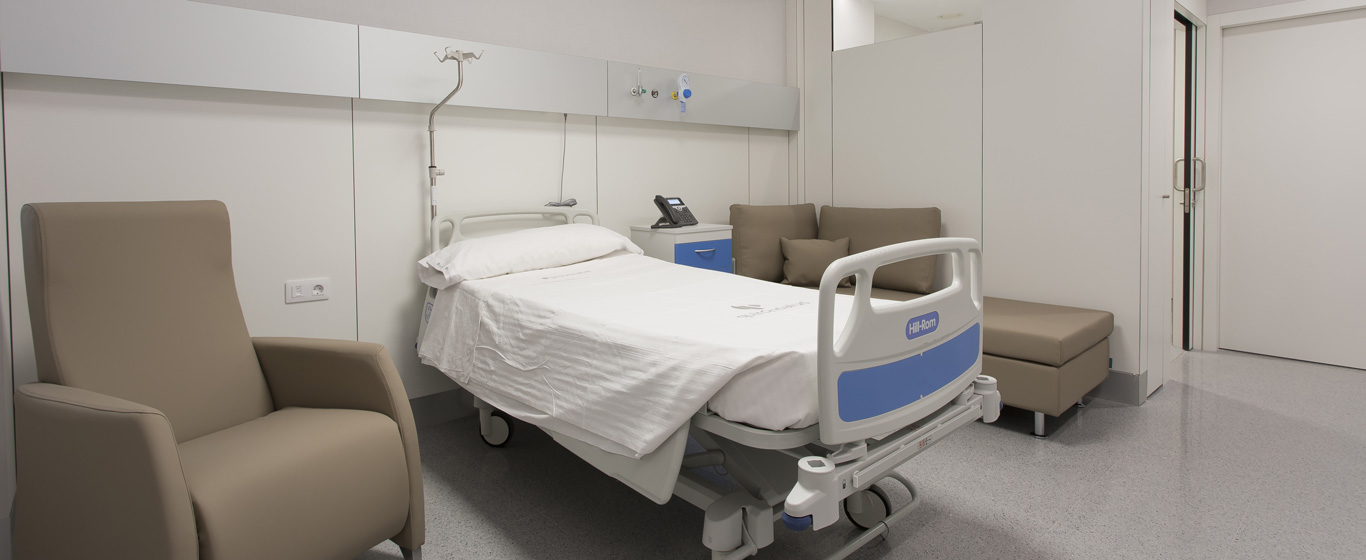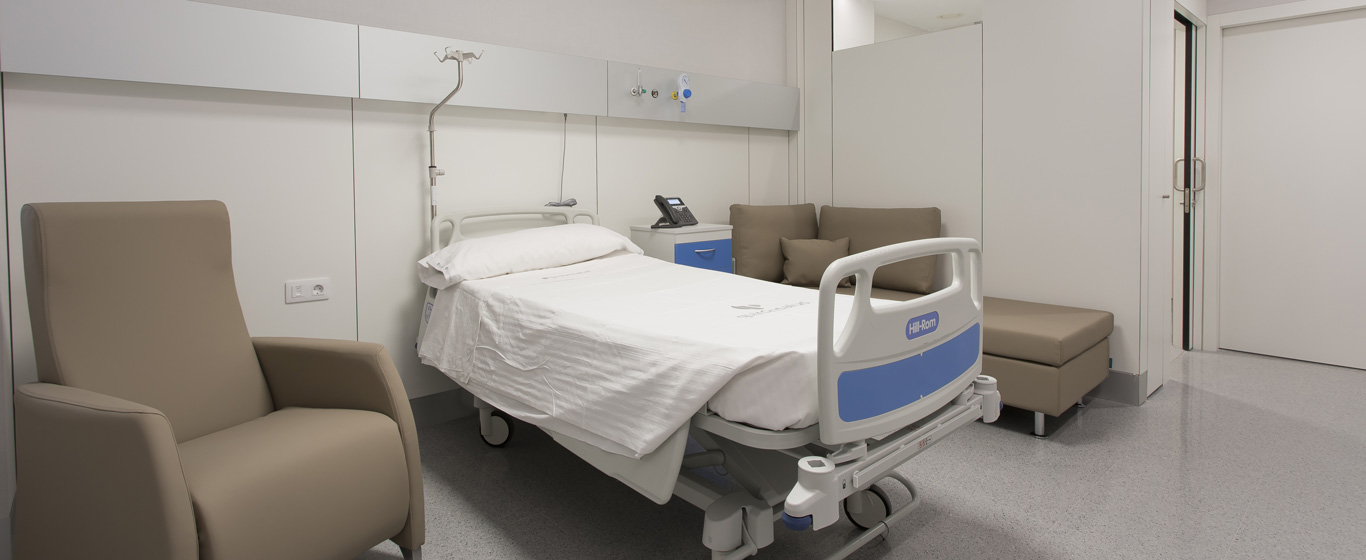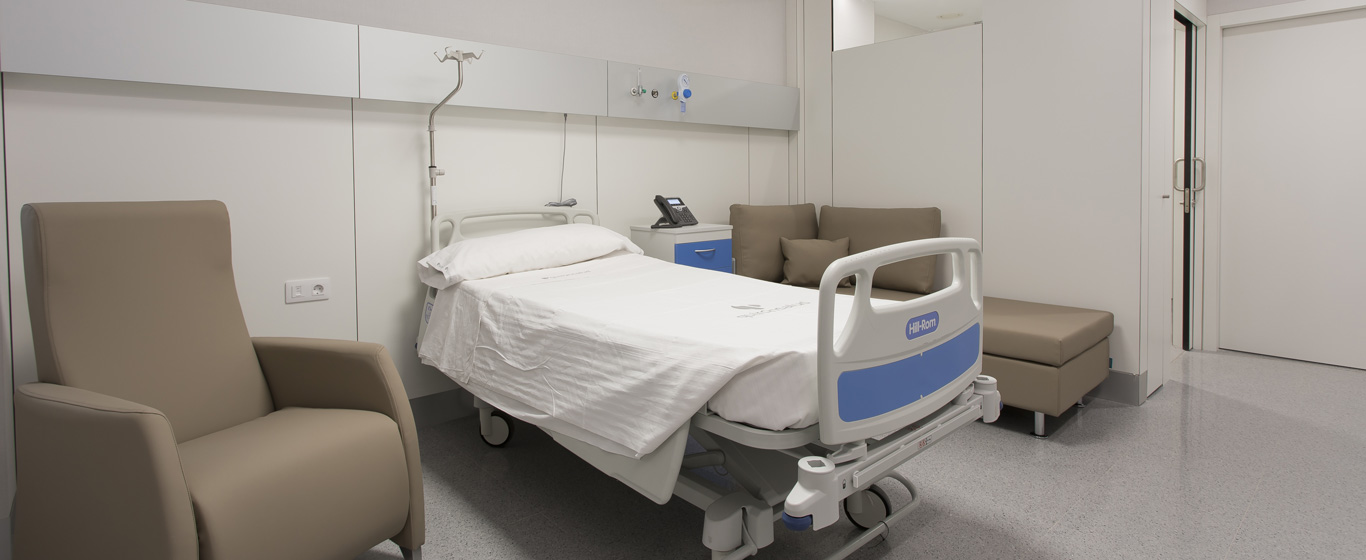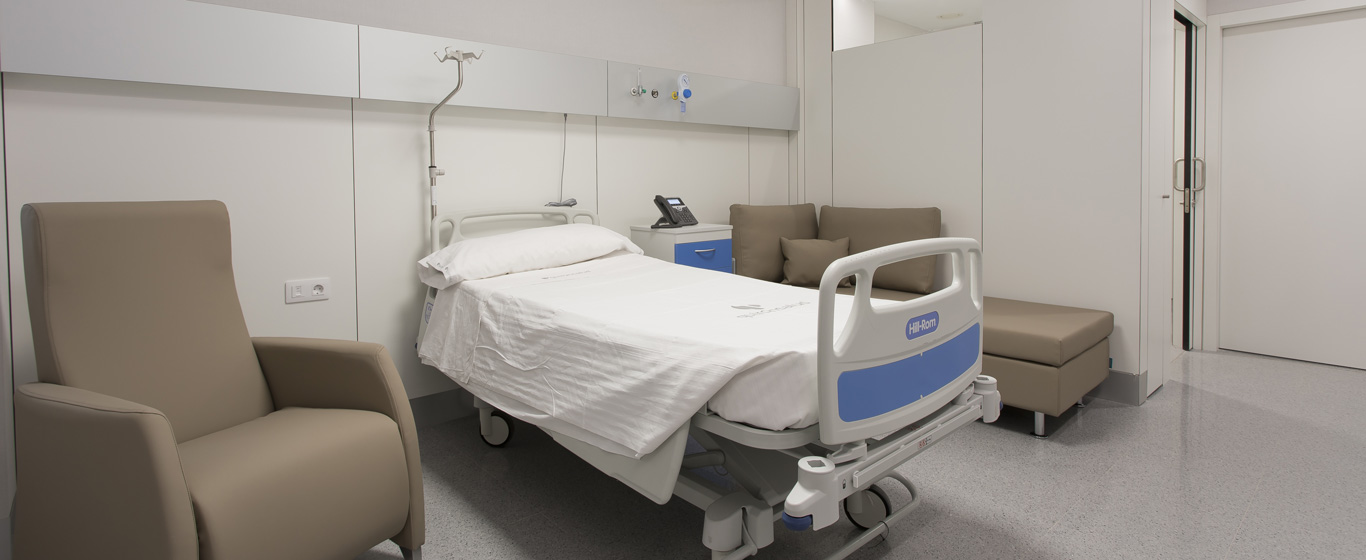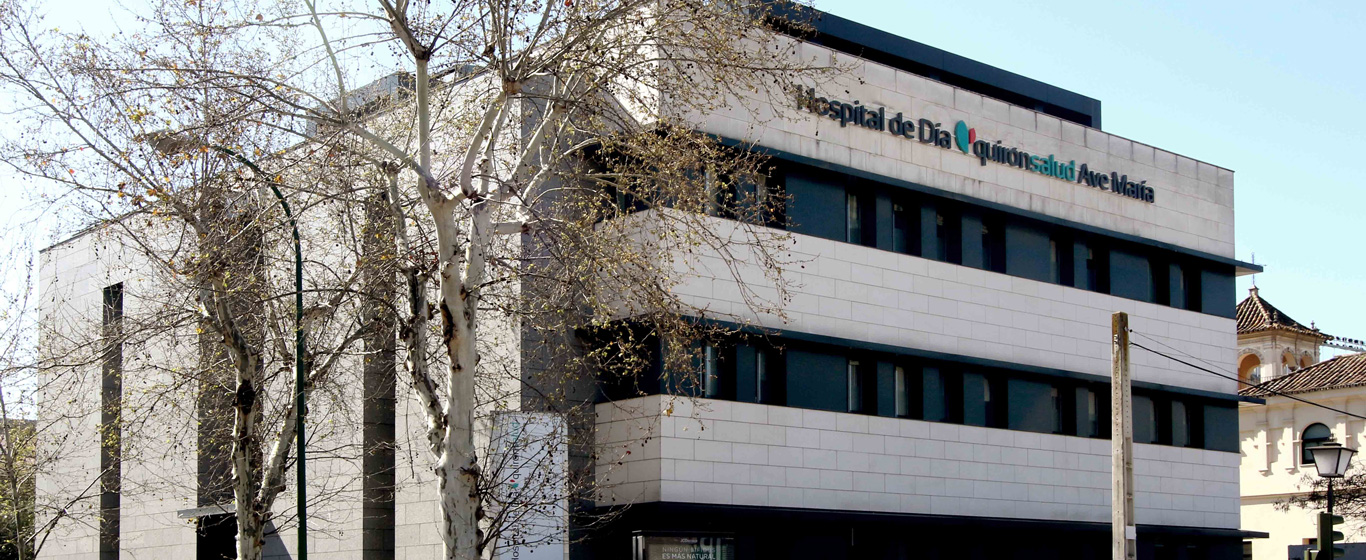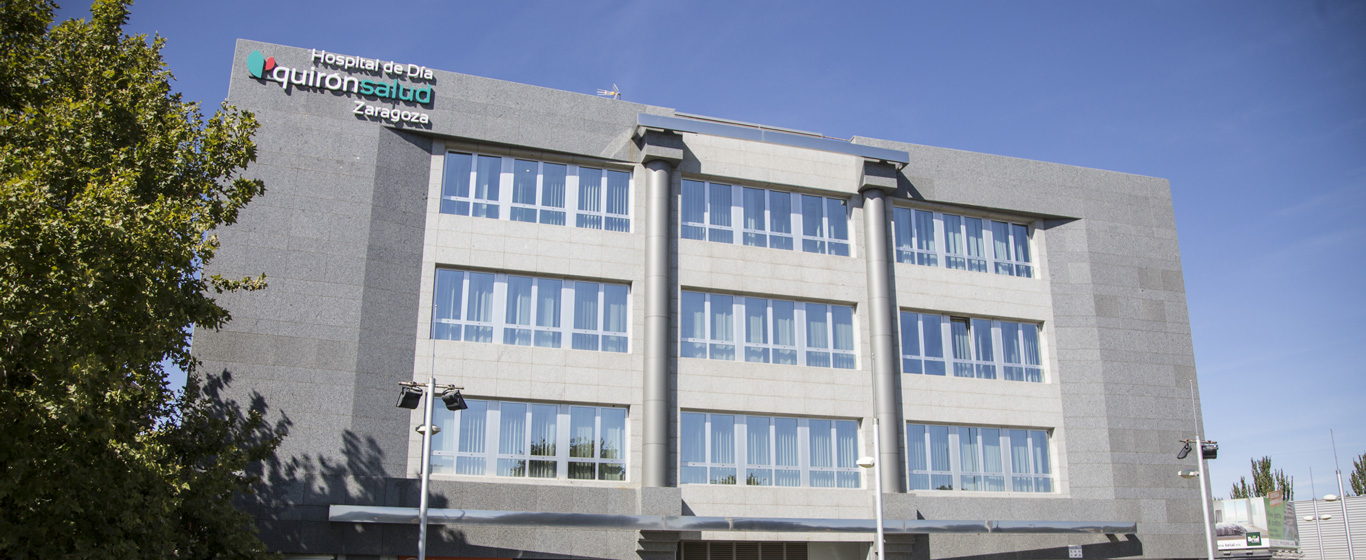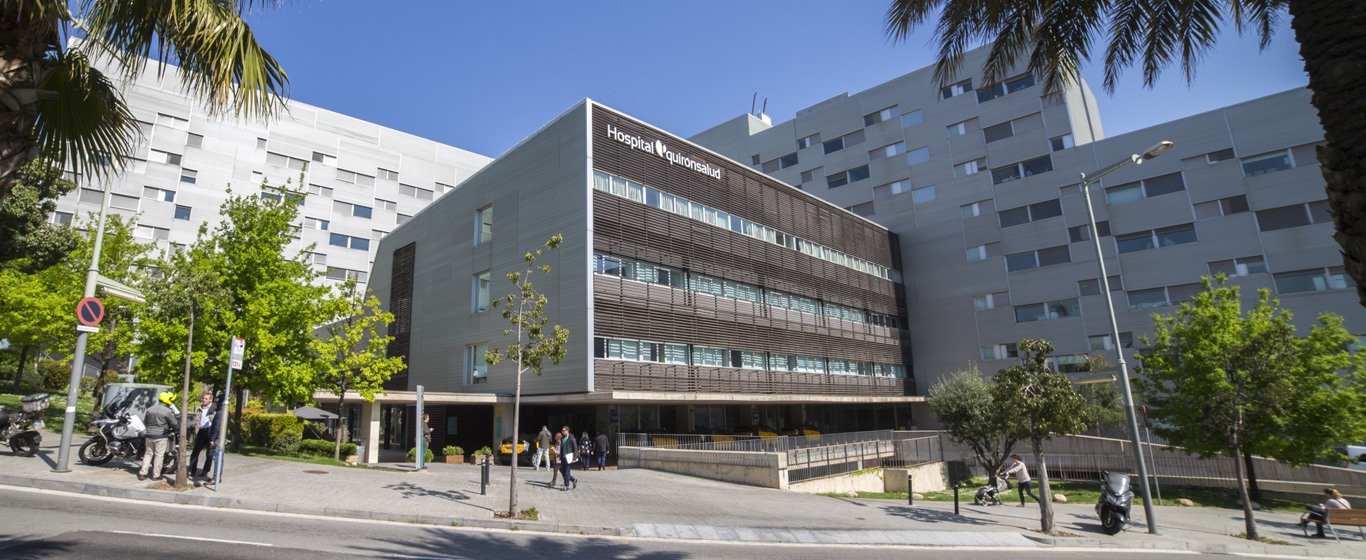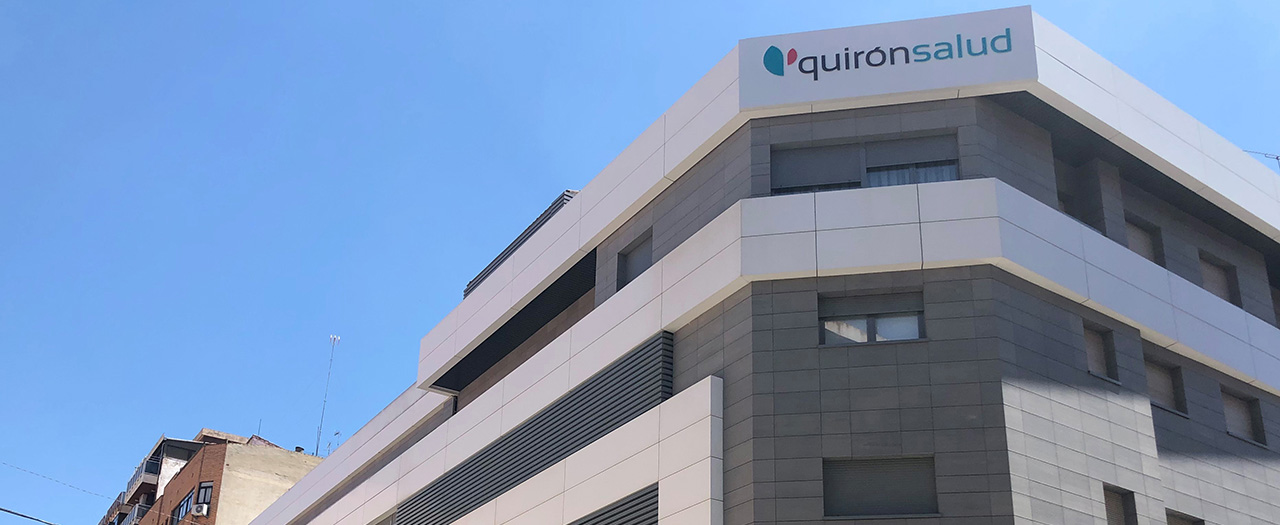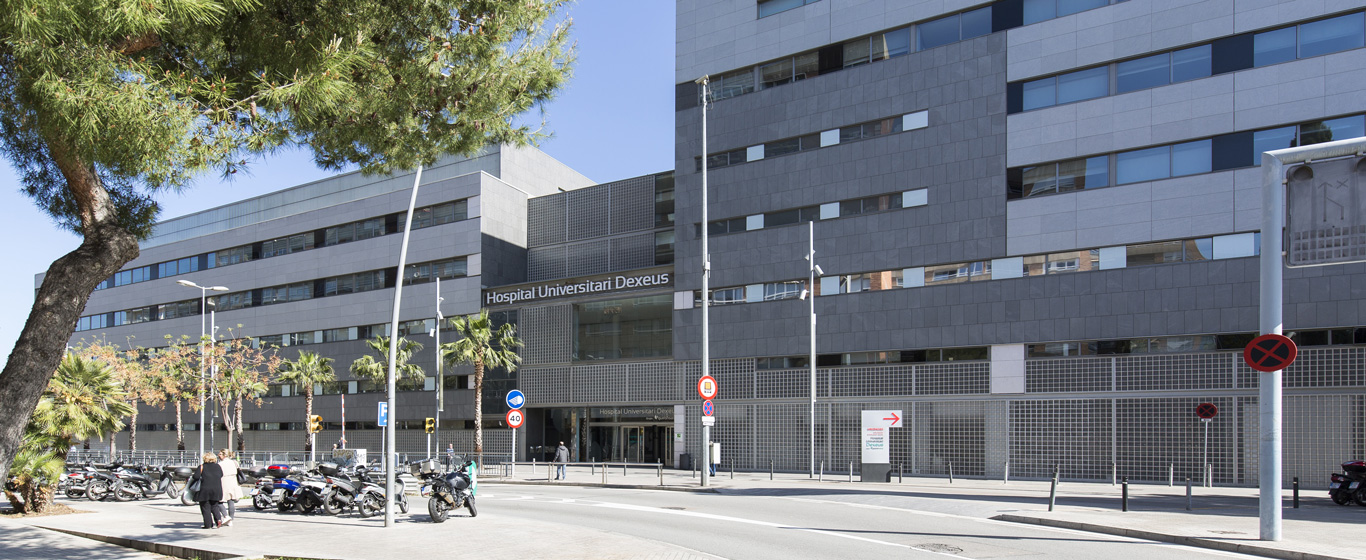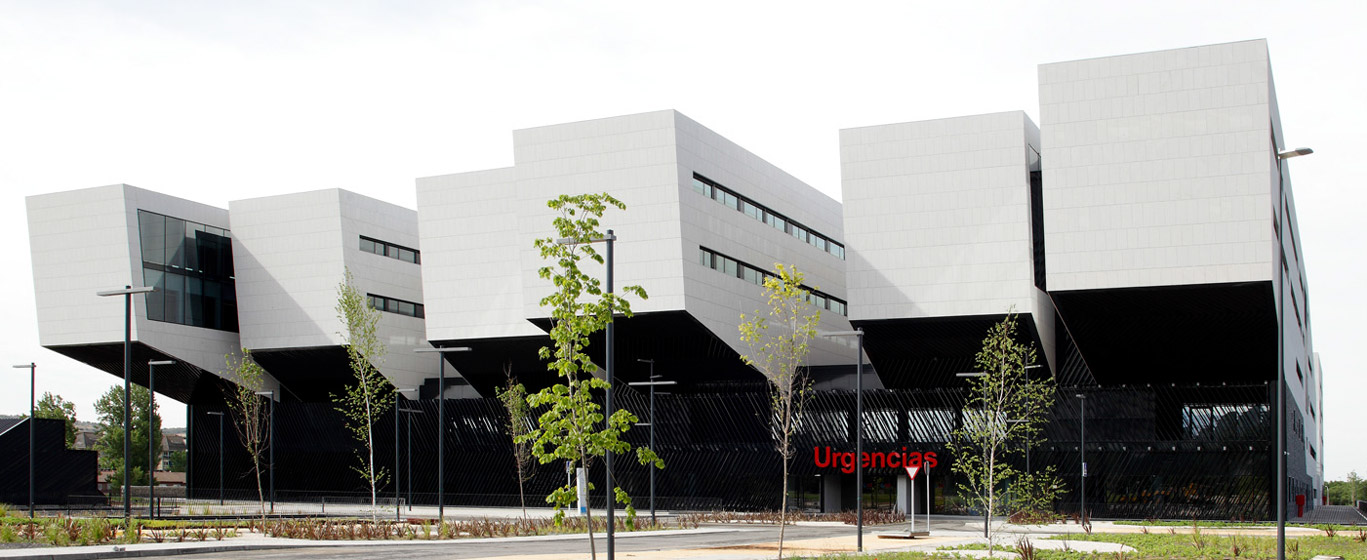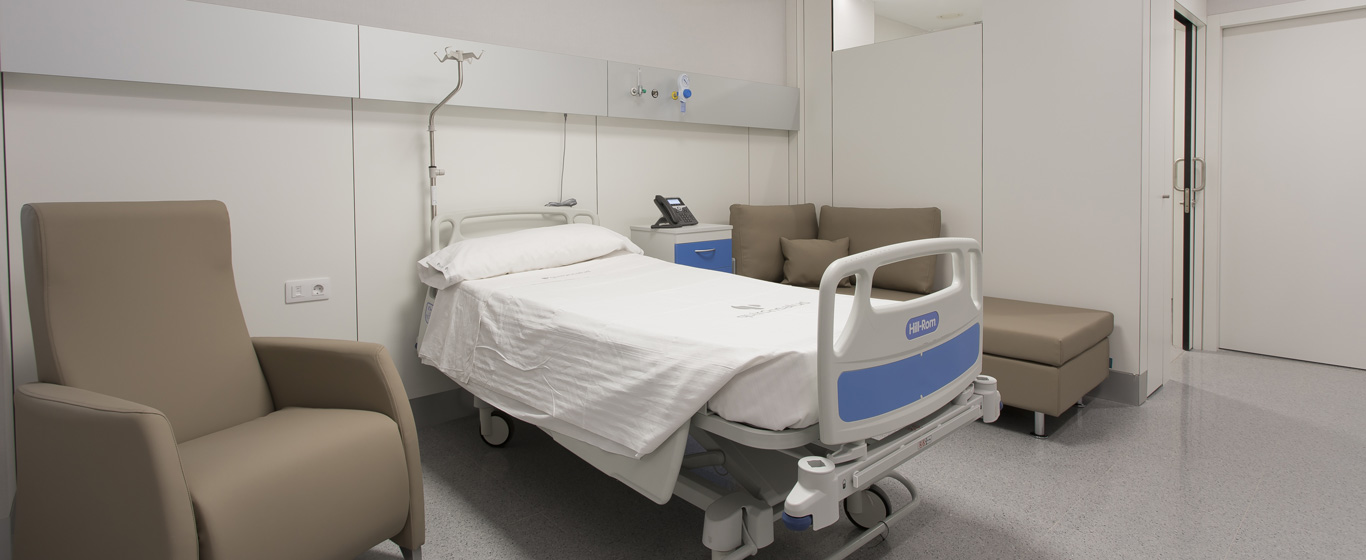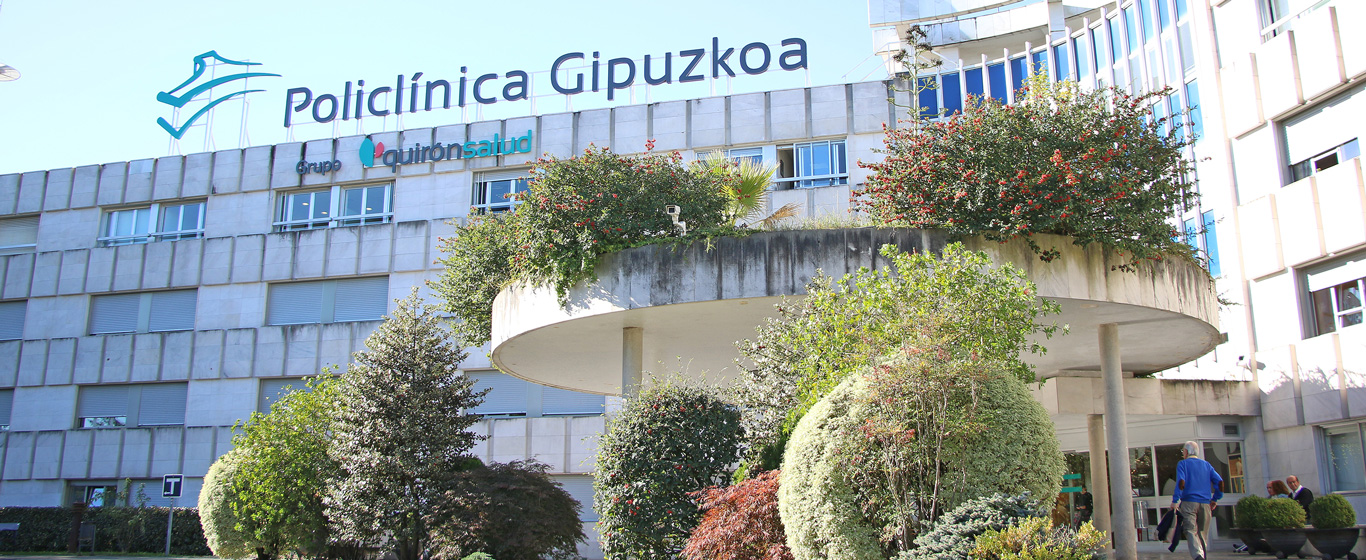Prostate Magnetic Resonance Imaging
Prostate magnetic resonance imaging provides images of the anatomy and, in some cases, the functionality of this gland. It is a harmless test as it does not emit radiation.

General Description
Prostate magnetic resonance imaging is a diagnostic test that employs radiofrequency waves and a high-power magnetic field to obtain detailed images of the male reproductive system. It is a non-invasive procedure without side effects since it does not use ionizing radiation.
Currently, there are two types of prostate MRI:
- Standard Magnetic Resonance Imaging: provides images of the prostate and surrounding tissues. It allows detection of abnormalities, enlargement, or cancerous cells.
- Multiparametric Magnetic Resonance Imaging: in addition to anatomical images obtained with the standard technique, it provides functional information about the gland. This technique improves the diagnostic accuracy for prostate cancer significantly.
Typically, a closed prostate MRI is performed, as the patient is not fully inserted into the tube, which has a diameter of approximately 70 centimeters. This allows the creation of a stronger magnetic field and provides clearer images, reducing claustrophobia-related incidents.
Indications
Prostate MRI is most often performed to exclude or diagnose prostate cancer. However, it can also detect other pathologies such as:
- Infections.
- Abscesses (pus collections).
- Benign prostatic hyperplasia (enlarged prostate).
Procedure
The procedure for performing a prostate MRI varies slightly depending on the technique used:
- Standard MRI: the device creates an electromagnetic field that attracts protons in the body's cells and aligns them. Then, radiofrequency waves cause these protons to rotate as they attempt to escape the magnetic force. When the waves stop, the protons realign, releasing energy that differs depending on the tissue type. This energy is translated into grayscale images.
- Multiparametric MRI: in addition to the above technique for obtaining high-resolution images in three planes (axial, sagittal, and coronal), the following techniques are performed:
- Diffusion: assesses water molecule mobility in intercellular spaces. It is very useful for detecting tumors in areas difficult to visualize with standard images.
- Dynamic contrast-enhanced study: an intravenous contrast agent (usually gadolinium) is injected to analyze tumor vascularization. Since blood vessel tissue absorbs contrast agent in greater amounts, these areas appear enhanced in the images.
- Spectroscopy: evaluates the energy spectra emitted by particles in the body, providing information on tissue metabolism.
Risks
Prostate MRI poses no health risks. Rarely, the contrast agent may cause an allergic reaction manifested by itching, headache, and nausea.
What to Expect from a Prostate MRI
The patient changes into a hospital gown and removes all metallic objects, including dentures and hearing aids. Removing makeup is recommended due to metallic particles in some cosmetics.
Once inside the imaging room, the specialist explains the procedure and provides earplugs. Although full insertion into the bore is not necessary, the magnetic field generation produces loud noises.
The exam is painless; the device rotates around the patient’s pelvis. During the 30 to 40 minutes duration, the patient should remain as still as possible. After completion, normal activities can be resumed immediately.
Specialties Requesting Prostate MRI
Prostate MRI is performed by radiologists upon referral from oncology or urology specialists.
How to prepare
Prostate MRI requires no special preparation. It is recommended to wear comfortable, easy-to-remove clothing and to arrive without metallic objects, as they are not permitted in the imaging suite.
Fasting for 4 hours prior to the exam may be requested.







